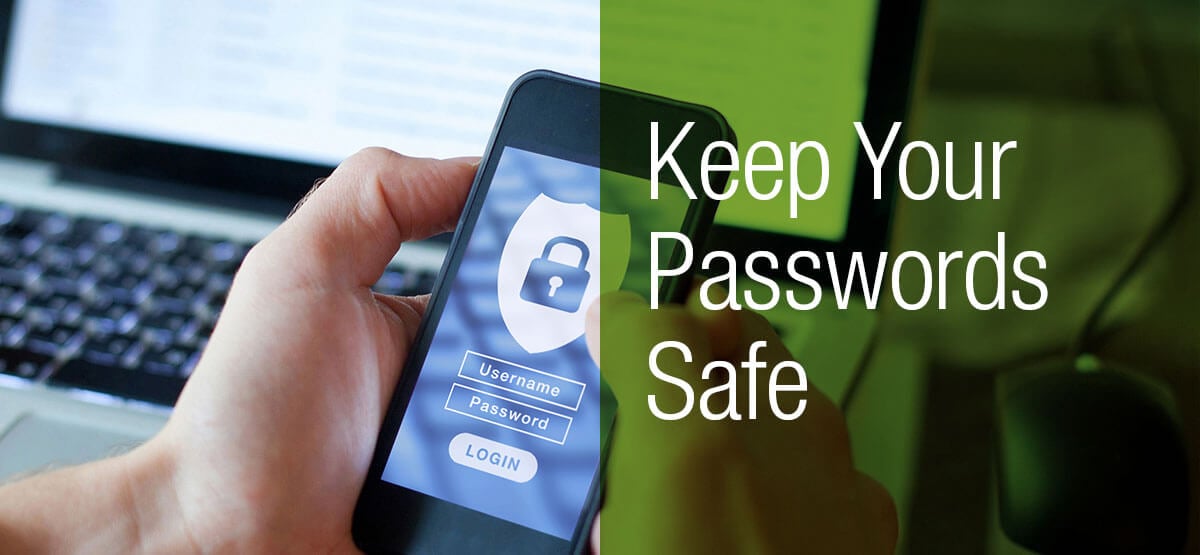Keep Your Network and Data Safe with a Secure Password
Passwords play a large part in our everyday life. They keep our valuable information protected from outside wandering eyes and threats, and they allow us to safely trust using our technology devices. That is, if they are done right.
As the world continues to become more digital, our connected lifestyles make it so that we all have more online accounts than ever before. Creating a username and password for an account has become the norm, which also means more passwords to keep up with in order to access the accounts that drive our day-to-day lives.
With so many passwords to remember, it’s easy enough for consumers to take the easy route and use the same basic password for each account. However, with this comes the large risk of hacking, breaches, and stolen information.
We hear all the time to keep our devices and accounts secure with a strong password, but it doesn’t need to be difficult to do so.
To celebrate World Password Day, we’ve broken down 4 key tips to keep your gatekeepers effective, and your information secure to protect your business.
1. Use a strong password.
Meaning, avoid using the #1 most used password ever: 123456. Not every password needs to be over the top and impossible to remember, but a solid password includes numbers, symbols, capital letters and lowercase letters, is at least 12 characters long, and is not a word derived straight from the dictionary. (Check out the world’s most popular passwords of 2016 here. Tip: avoid these!).
2. Use a different password on every site.
If you use the same password for every account you create, you are opening the door for hackers to access all of your accounts through just one. Don’t make their job so easy. Switch up your passwords for each account, and update them frequently.
3. Get a password manager.
With the amount of passwords to remember, a password manager will help keep you organized and will remove the hassle of remembering numerous passwords. Such programs log you into your favorite websites automatically using multi-factor authentication and save you the headache of trying to log into a site when you can’t remember your password.
4. Utilize multi-factor authentication.
MFAs are easy to set up and increasingly effective to keep your information protected. Common practices of using MFAs include a fingerprint scan on your mobile device or a code sent to your mobile phone. Such practices make accessing your account or device nearly impossible for outside threats – and the more factors you combine, the safer your accounts will be.
Password security needs to be top of mind for consumers who entrust their personal information with their online accounts and devices. Whether you’re creating a new account online, or trying to remember your password on a site, keep these password security tips in mind to ensure your personal data doesn’t fall into the wrong hands.


